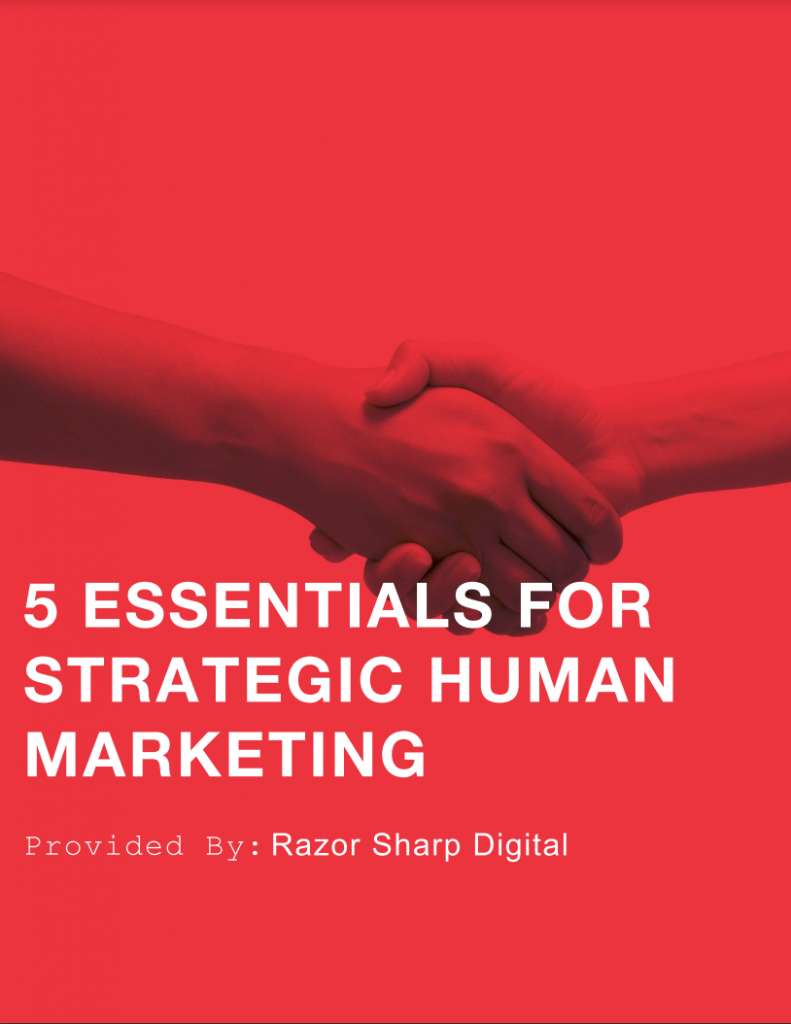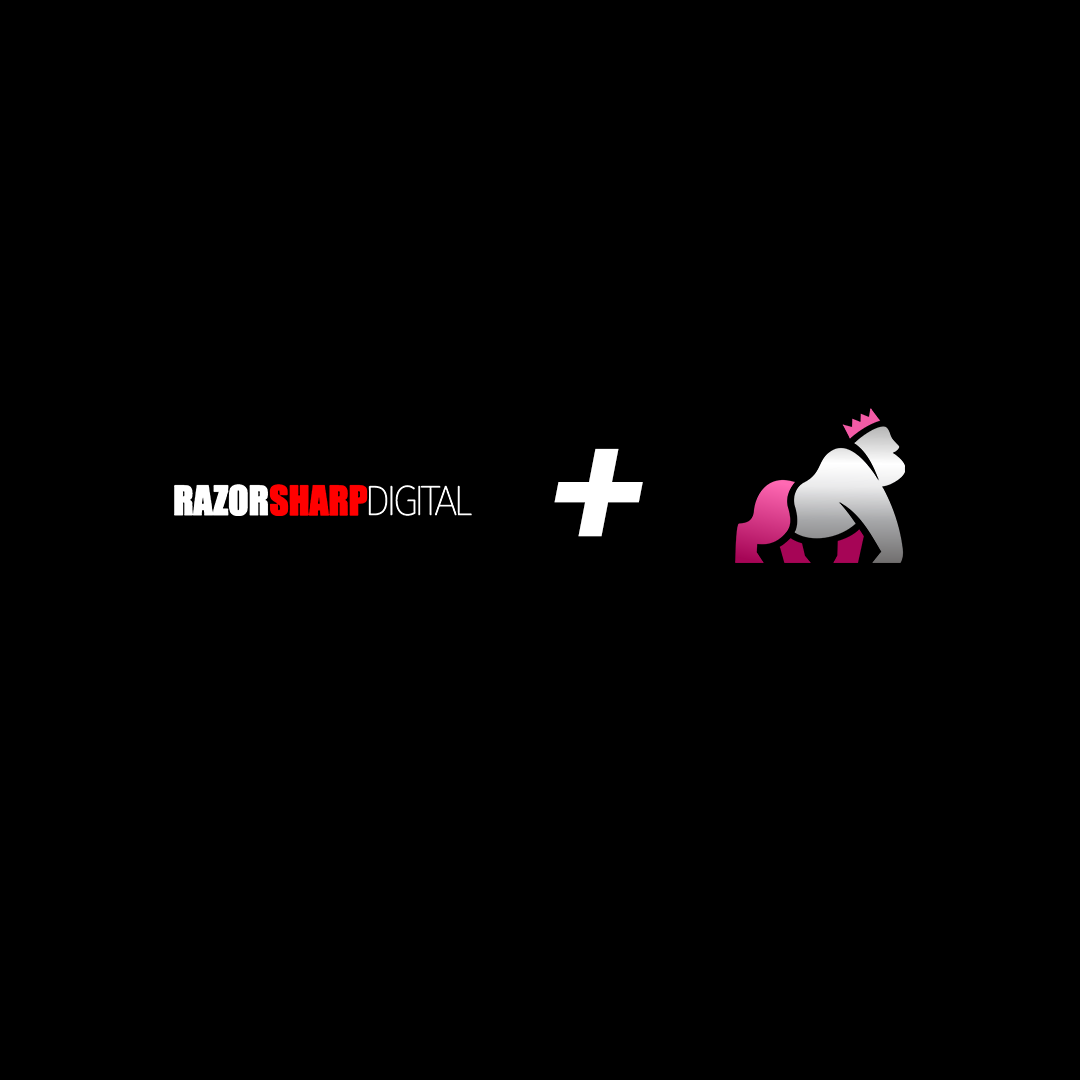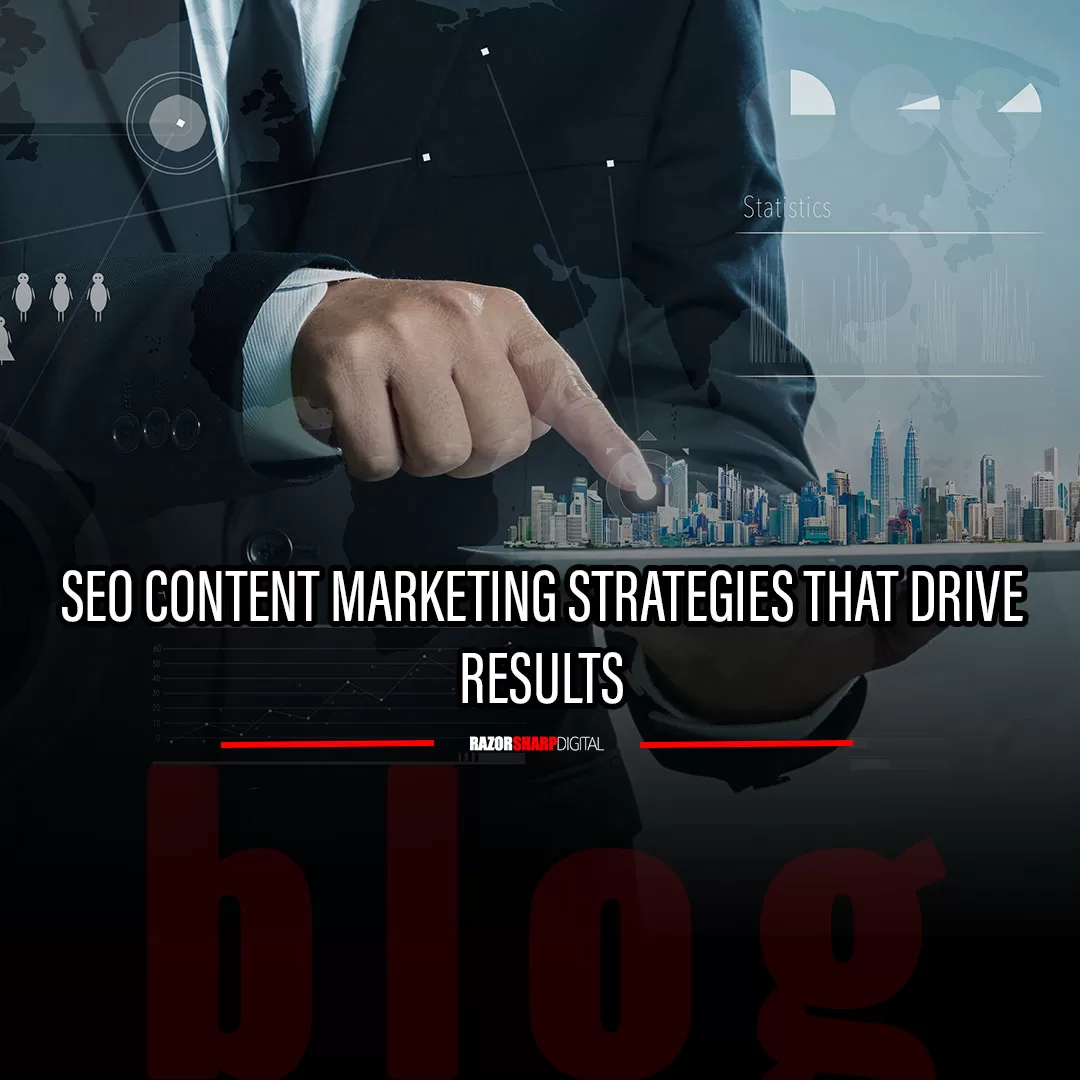The Ultimate Guide to On-Page SEO Techniques
One of the most intricate components of modern SEO is On-Page SEO. It entails in the way certain elements come together on an individual web page to provide the best end-user experience. On-Page SEO is also a key SEO contributing factor. In this article we break down all the components of On-Page SEO you should consider for optimal success.

Search Engine Optimization (SEO) remains a cornerstone for achieving online success. In building your brand’s reputation. Establishing your only footprint and separating yourself from the rest of the herd. Among its many facets, on-page SEO is arguably the most critical. It encompasses a range of techniques and practices that revolve around optimizing individual web pages for search engines. In this comprehensive guide, we will delve into the essential on-page SEO techniques to help you elevate your website’s visibility, rankings, and overall performance.
Keyword Research and Optimization
At the heart of on-page SEO lies keyword research. Understanding the terms and phrases your target audience uses to search for relevant content is fundamental. Tools like Google Keyword Planner, SEMrush, and Ahrefs can assist in identifying high-value keywords. Once identified, strategically place these keywords in:
- The page title
- Meta description
- Heading tags (H1, H2, etc.)
- Body content
- URL
Remember, though, it’s crucial to maintain a natural flow in your content. Overstuffing keywords can lead to penalties from search engines.
High-Quality Content Creation
Content is king in the realm of SEO. High-quality, relevant, and valuable content not only engages your audience but also signals to search engines that your page is authoritative and trustworthy. Aim for in-depth, well-researched articles that address the needs and queries of your target audience.
Optimized Meta Descriptions and Titles
The meta title and description are often the first things users see in search results. Craft compelling titles and descriptions that accurately represent the content on the page. Incorporate the primary keywords, and ensure they are within the recommended character limits.
User-Friendly URLs
A clean, descriptive URL structure not only aids in SEO but also improves user experience. Include relevant keywords in the URL, avoid special characters or symbols, and use hyphens to separate words.
Heading Tags Optimization
Properly structured content with clear heading tags (H1, H2, H3, etc.) not only enhances readability but also provides search engines with a hierarchical understanding of your content. The H1 tag should include the primary keyword and represent the main topic of the page.
Image Optimization
Images play a crucial role in enhancing user experience. Ensure images are compressed for faster loading times and use descriptive filenames and alt tags to provide context to search engines.
Internal Linking
Internal linking involves linking to other pages within your website. This not only helps users navigate your site but also spreads authority and relevance across your content. Use descriptive anchor text and ensure the linked pages are relevant to the current topic.
External Linking
Outbound links to authoritative and relevant sources can add credibility to your content. However, avoid excessive linking and ensure the external sources are reliable.
Mobile Optimization
With the increasing use of mobile devices, ensuring your website is mobile-friendly is imperative. Google gives preference to mobile-friendly websites in its rankings, so it’s crucial to have a responsive design.
Page Speed Optimization
A slow-loading website can lead to high bounce rates and lower search rankings. Compress images, minimize code, leverage browser caching, and utilize Content Delivery Networks (CDNs) to improve page load times. An excellent free tool you can also use is Google PageSpeed Insights.
Schema Markup
Schema markup is a code that you add to your HTML to help search engines provide more informative results for users. It can enhance the visibility of your pages in search results.
Social Sharing Integration
Social signals are becoming increasingly important in SEO. Make sure your content is easily shareable on various social media platforms to amplify its reach.
Mastering on-page SEO techniques is essential for achieving higher search rankings and driving organic traffic to your website. By implementing these strategies and staying updated with the latest SEO trends, you’ll be well on your way to establishing a strong online presence for your brand or business.
Remember, SEO is an ongoing process, so monitor your performance and adapt your strategies as needed.How is your On-Page SEO on your website? Let’s have a look and find out if you’re setup for success.
Let's get connected!

Download for FREE TODAY!
Stay in touch with us!
Get all the latest content, news, and digital marketing insights to help you humanize your brand.
Categories
- Advertising (1)
- AI (3)
- Anchor.FM (1)
- Audio (2)
- Company Culture (1)
- Digital Marketing (15)
- Facebook (3)
- General (1)
- Instagram (2)
- Launch (1)
- Marketing (25)
- Paid Media Campaigns (8)
- Press Releases (1)
- SEO (12)
- Snapchat (1)
- Social Media (35)
- Storytelling (1)
- Twitter (1)
- Uncategorized (1)
- Video (2)
- Website Development (13)
We Are Your Human-Centric Marketing Partner
Your company needs humanization and personalization in order for it to thrive and grow. Our systematic, strategic, and seasoned approach will help you thrive and grow. Let’s discuss ways we can help your business become more human-centric so you can dominate.







